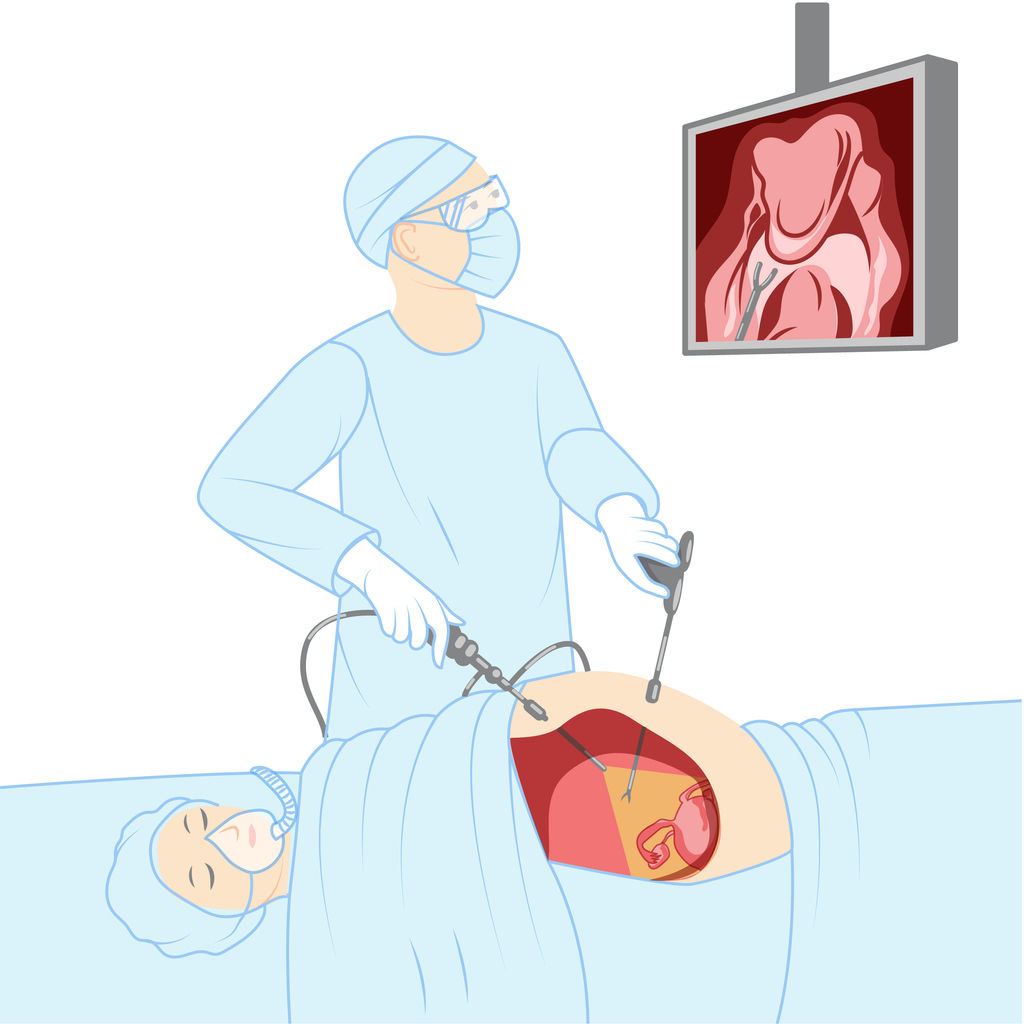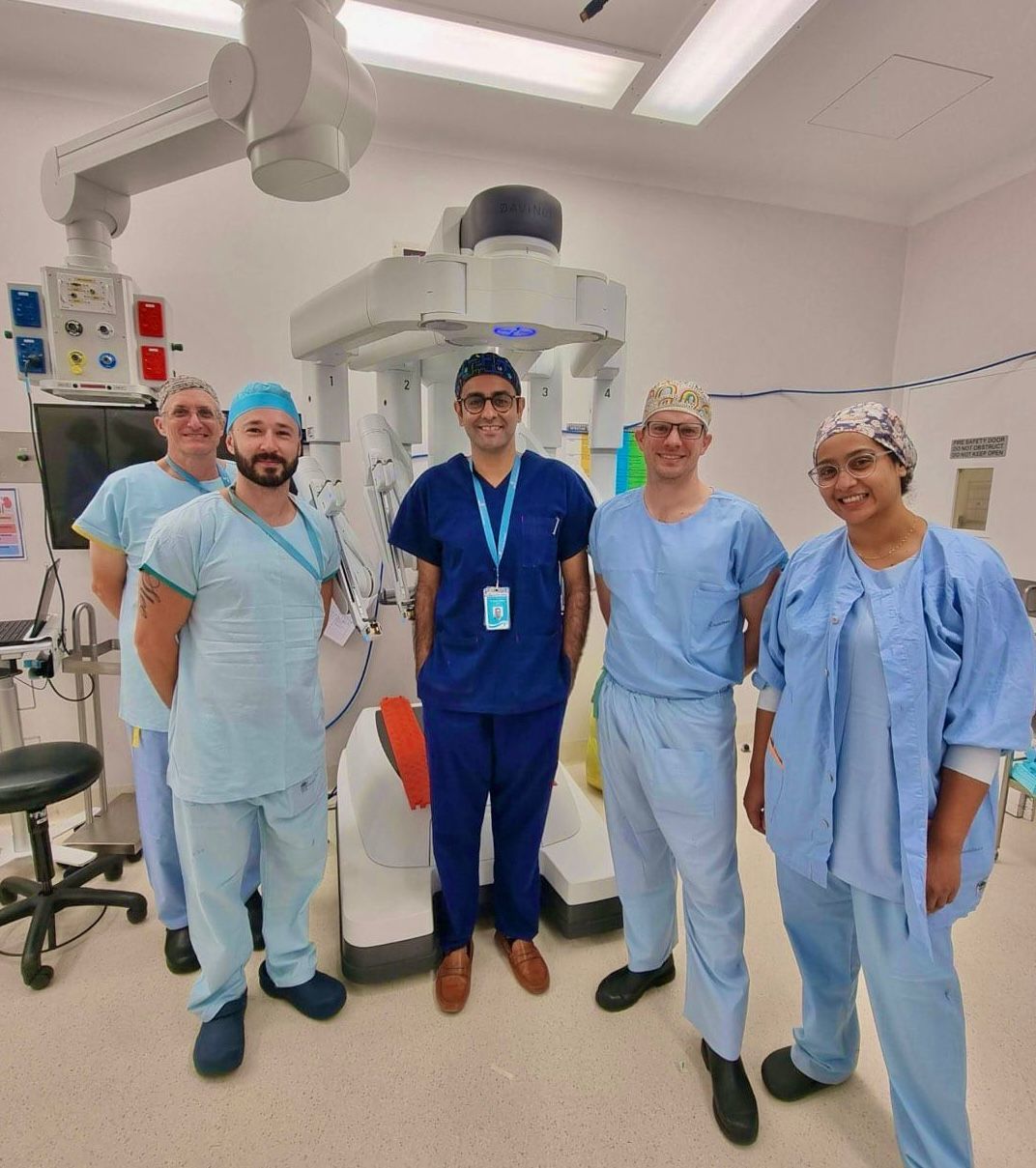Surgery
Dahiya is a highly experienced gynaecological surgeon who has performed countless procedures, with a strong focus on minimally invasive techniques. He is actively involved in teaching and mentoring other doctors and surgical trainees, sharing his expertise to improve the standard of care in women’s health.
Dr. Dahiya specialises in advanced laparoscopic and robotic-assisted procedures and approaches each case with a commitment to patient-centred care, surgical efficiency, and achieving the best possible outcomes. With a fellowship in advanced laparoscopic and robotic surgery, Dr. Dahiya is dedicated to using the latest technology to minimise recovery time, reduce complications, and optimise results for every patient.
Dr. Dahiya has expertise in the following procedures:
Hysteroscopy
|  |
Laparoscopy
|  |
Robotic Surgery
|  |
Things to know before your procedure
Before the procedure:
- Ring the hospital between 3-4 pm to obtain your fasting and admission time.
- The hospitals will contact you via text message the day before your surgery to notify you of the time to present to the hospital and fasting times.
- If you are booked at the Nepean Public Hospital or Blue Mountains Public Hospital, the theatre booking team will be in touch with you regarding your theatre time either by email or phone. You can visit the following sites for more information.
Macquarie University HospitalT. 9812 3000 | Norwest Private HospitalT. 88828882 | Nepean Private HospitalT. 4725 8619 |
| If having a laparoscopic or robotic procedure, have a clear fluid diet all day (the day before your procedure). This means drinking lots of water, clear apple juice, jelly, clear soups, black tea or coffee (no milk), sports drinks (eg. Powerade, Gatorate), Hydrolyte or cordial. Fast from the time specified to you be the theatre team or anaesthetist (can change depending on if your procedure is in the morning or afternoon). Fasting means nothing to eat and drink. You can keep drinking sips of water until you are called into theatre. | If I have specified that you require the use of Bowel Prep the day prior to surgery, here are the instructions below;
|
The Day of the Procedure
|
|
After the Procedure
| It is common to wake up with a fluid drip and oxygen mask for some time after anaesthetic. You may also wake up with a massaging device on your lower legs that help circulate blood and fluid to your body. If you stay overnight, you may also receive injections of Clexane to reduce blood clot formation. I will come and see you after your surgery. If I am unable to do so, I will call you the next day (from a private number) to discuss your surgery or see you if you stay overnight. You will notice you have three to five small wounds on your abdomen that are covered with a purple glue which has dried. Leave this on for approximately 5-7 days then peel it off in the shower. Many patients experience shoulder pain after laparoscopic or robotic surgery. This is secondary to the carbon dioxide gas that is used during the procedure as trapped gas can irritate the diaphragm. The pain is “referred” to the shoulder and usually dissipates within 48 hours. Heat packs on the shoulder along with regular pain relief will help along with deep breathing exercises and mobilising and being up and about. You may have a catheter in the bladder or drains (small rubber tubes that drain fluid from your abdomen into a bag) and they remain in overnight. | Most patients will experience cramping, discomfort in the vagina or light bleeding after the surgery. Panadol or NSAIDs (Nurofen or Advil) are usually sufficient to control your symptoms if required. After laparoscopic surgery, you may be provided with a script for stronger pain relief to take on top of regular Panadol/Nurofen. If you are staying in hospital for more than 1 day after your surgery, you may be given a device called Tri-Flow which helps you to breath deeply until you are out of bed and walking around. This helps reduce the risk of chest infections by expanding the lungs. If you have a hysterectomy, bleeding from the vagina is minimal. You may find that you have some bleeding or bloody discharge 2-3 weeks after your surgery. This can be normal and will usually only be a small amount. If you experience any severe pain or heavy bleeding where you are soaking a pad every hour, please present to your nearest emergency department. If you have any questions or concerns, you can contact the rooms and they will notify me, and I will endeavor to contact you to discuss your concerns. |